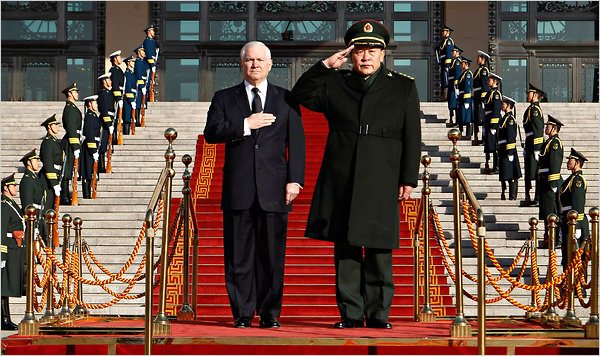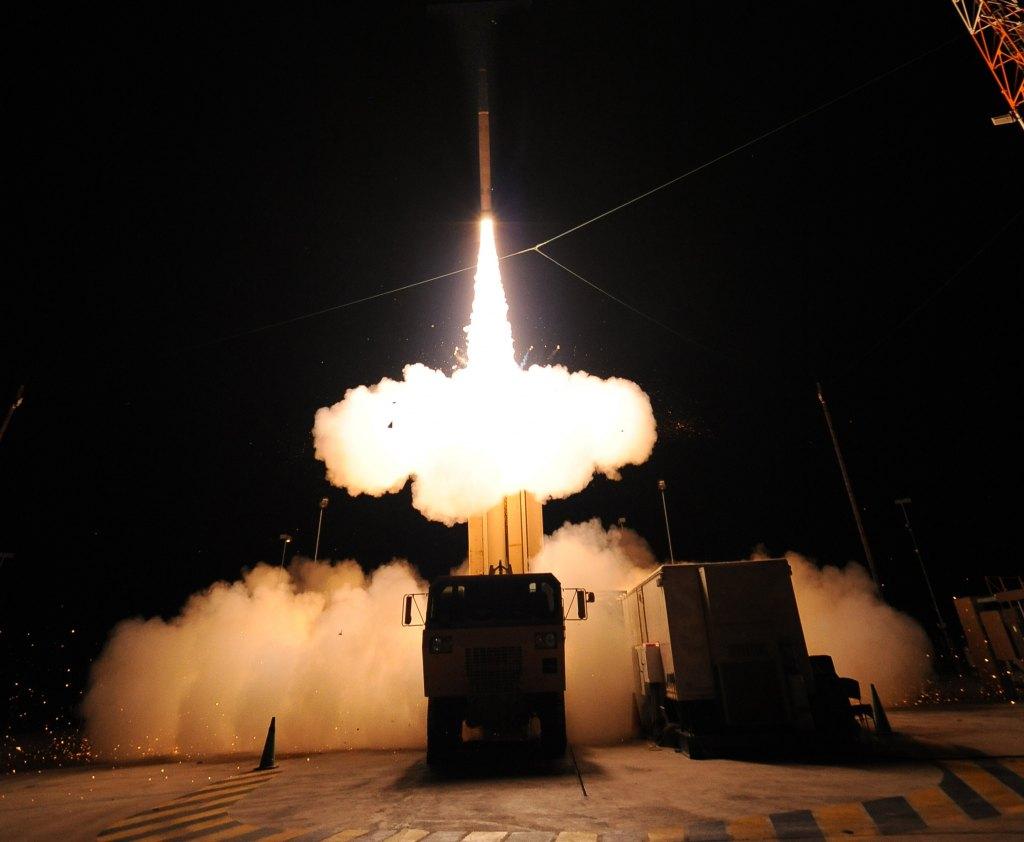The debate in Washington today is not whether or not to reduce defense spending but how much to cut. Never mind that defense spending as a share of GDP is at its lowest level since World War II or that as a share of federal spending defense continues to decline. Nor does it seem important to deficit hawks of both parties that totally eliminating all defense spending would still leave this country with a trillion dollar annual deficit.
The absolute decline in U.S. defense spending, albeit potentially devastating, may be less significant than the trends in spending for both the U.S. and its competitors. Even as the U.S. and its allies are looking to slash their defense budgets our competitors and adversaries are increasing theirs. In essence, we are in a race in which our foot is planted on the brake while that of others is jammed on the accelerator.
Looking just at China, the People’s Liberation Army has been receiving double-digit spending increases for around a decade. This is just in acknowledged spending on defense. There is a lot of spending that goes on in other parts of the Chinese government that is intended to support defense. Total Chinese defense spending today is probably one-fourth of ours. So the advantage is still with the U.S., but not for long.
While the discussion in Washington is about which programs to cut or cancel, China is undertaking an across the board modernization campaign. The U.S. Navy appears poised to reduce the number of deployable aircraft carriers to nine even as Beijing sends its first carrier to sea and announces its intentions to build two or three more. The PLA Navy has five classes of attack submarines in serial production while the U.S. struggles to build two SSNs a year. The Pentagon stopped building the premier fifth-generation fighter, the F-22, and may be forced to reduce purchase of the F-35 even as the PLA Air Force displays its first entrant in the fifth-generation fighter competition.
China is deploying hundreds of dual-use theater ballistic missiles a year, some specially designed to attack U.S. aircraft carriers. Then there is the new generation of Chinese road mobile ICBMs and the first ballistic missile firing submarines. The U.S. Navy is debating whether it can afford to build both its conventional fleet and a replacement for the aging Ohio-class SSBNs. China is reported to be building a formidable corps of “cyber warriors” and using their skills to steal U.S. defense secrets. This allows China to leap ahead in critical areas while spending only a fraction of what the U.S. does to achieve that capability. The qualitative gap is closing.
China can afford to spend a large fraction of its defense budget on capabilities because it does not suffer from the explosion of entitlement spending that is burdening both the overall federal budget but also the defense budget. We pay for TRICARE for life, forty years of veterans’ benefits and pensions and lawyers; China buys combat capability.
Based on the current budget cutting agreement, U.S. defense could easily be cut by 20 percent over the next decade. When inflation is factored in, the cut in the purchasing power of the defense budget would be more on the order of 30-35 percent. In the same period, China’s defense spending will more than double, based on recent trends.
Given the reality that the U.S. must spread its shrinking military over multiple regions of the world while Beijing can focus on one, the consequences could be a situation of essential military parity in the Asia-Pacific region.











